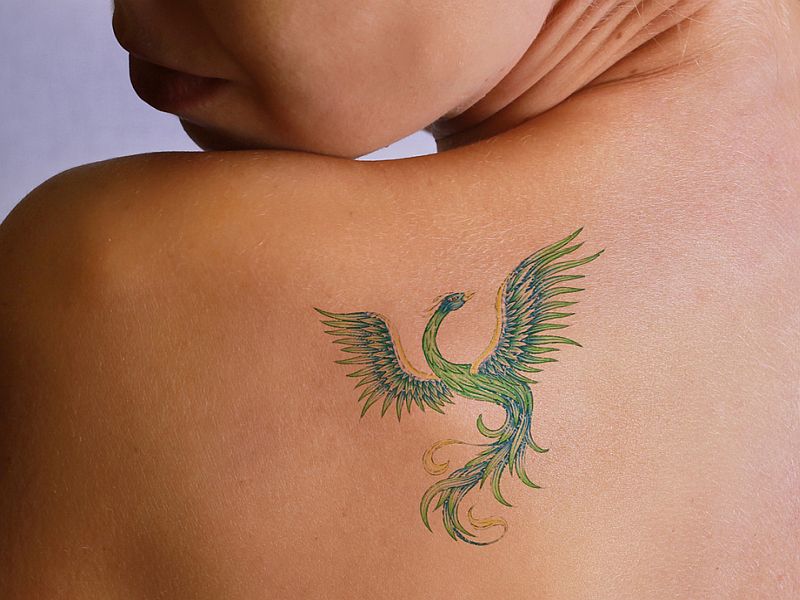
That “ink” on your shoulder may have hurt the tattoo artist more than it hurt you.
A small study — touted as the first to measure the causes of aches and pains in tattoo artists — points to widespread back and neck problems among them.
“There’s no such thing as an official ‘tattoo chair,’ so artists adapt dental chairs or massage tables to make a client comfortable, and then they hunch over the client to create the tattoo,” said study co-author Carolyn Sommerich.
The result: The artists perch forward, often crane their necks and place considerable strain on the trapezius muscles of the upper back. These muscles are a common problem area when it comes to back and neck pain.
Sommerich, director of the Engineering Laboratory for Human Factors/Ergonomics/Safety at Ohio State University, and her colleagues published their findings in a recent issue of the journal Applied Ergonomics.
The study tracked 10 Ohio tattoo artists at work — a tiny slice of an estimated $2.3 billion industry in the United States alone.
The artists were outfitted with electrodes that recorded their exertion, which investigators said sometimes exceeded recommended workplace limits by as much as 25 percent.
The finding confirmed similar observations made by co-author Dana Keester, who had in 2014 studied the injury profiles of 34 tattoo artists at an Ohio tattoo festival.
That study found back pain was the most common issue, experienced by 94 percent of tattoo artists. That was followed by headaches (88 percent), neck pain (85 percent) and eye pain (74 percent).
To prevent injury, the researchers suggest tattoo artists try out different chairs and seek ones that offer the best back and arm support.
In addition, the study authors recommend changing body positions on a regular basis, taking frequent breaks, and using a mounted magnifying glass to help minimize the need for prolonged leaning.
“If the client can stand or maybe lean on something while the artist sits comfortably, that may be a good option,” Sommerich suggested. “Switch it up once in a while.”
More information
There’s more on back pain at the U.S. National Institute of Arthritis and Musculoskeletal and Skin Diseases.
Source: HealthDay

Leave a Reply